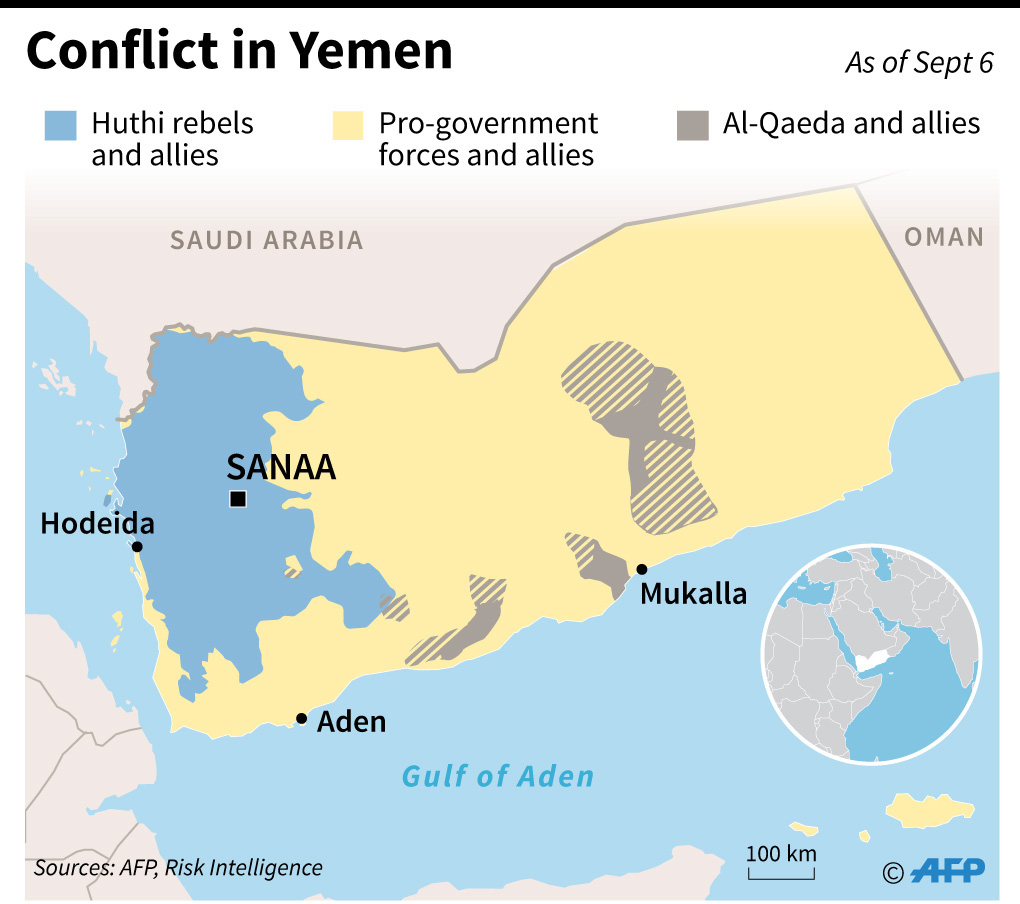Saudi Arabia considers major geopolitical pivot to save dying Kingdom (Video)
by Alex Christoforou, The Duran:

RT CrossTalk host Peter Lavelle and The Duran’s Alex Christoforou discuss the PBS Frontline documentary with Saudi Crown Prince Mohammed bin Salman, who for the first time, discusses the murder of journalist Jamal Khashoggi.
MBS is on the ropes as his vicious war in Yemen is imploding, with more attacks on Saudi Arabia and its infrastructure inevitable, unless he can agree to stop the war against Houthi rebels and find common ground with historic enemies in his middle east neighborhood.
Remember to Please Subscribe to The Duran’s YouTube Channel.
Follow The Duran Audio Podcast on Soundcloud.
Never underestimate the power of blowback. Right now, Crown Prince Mohammad bin Salman (MBS), the de facto ruler of the House of Saud, is staring at it, an ominous abyss opened by the Houthis in Yemen.
This past weekend, Yemeni Armed Forces spokesman Brigadier Yahya al-Sari clinically described how Ansarallah, also known as the Houthi rebel movement, aided by what Yemenis describe as “popular committees,” captured three Saudi brigades of 2,400 – ragged – soldiers, plus Yemeni and Sudanese mercenaries as well as several hundred battle vehicles. At least 500 Saudi soldiers were killed, Ansarallah said. (A spokesman for the Saudi-led coalition denied the claim).
This was part of the significantly named Operation Nasrallah in Najran province, Saudi Arabia. The Houthis, who did learn a lot, tactically and strategically, from Hezbollah, duly praised mujahideen and ‘popular committees’ involved in Operation Nasrallah.
Col. Pat Lang, in his blog, offers a particularly useful observation on the captured Saudi vehicles. Some belonged to the Saudi National Guard (SANG): “I suppose these troops were from the modernized SANG that the US has worked hard to train and equip for fifty years or more. The easy surrender of these Bedouins is very bad news for the Saudi monarchy.”
Najran, the site of the successful raid, is a Shi’ite majority province. But unlike the Eastern province, concentrating the bulk of the Saudi oil industry, where the Shi’ites are Twelvers – believers in twelve divinely ordained leaders, awaiting the reappearance of the last of those twelve imams as the promised Mahdi – in Najran the majority are Ismailis. Until recently, they had been relatively accommodating to the rabidly anti-Shi’ite House of Saud.
Not anymore. As I reported before, increasingly daring Houthi operations inside Saudi Arabia can only be successful with solid, on-the-ground intelligence.
As for the captured, ragged Saudi soldiers, Mohamed Al-Bukhaiti, who is part of Ansarallah’s political wing, confirms they are mostly takfiris – true believers who think they see among their fellow Muslims legions of apostates, deserving of the death penalty – and jihadis.
In Beirut, I spent a long time in detailed conversations with Hassan Ali Al-Emad, scholar, politician and the son of an influential Yemeni shaykh dominating 12 tribes. Originally a Zaydi himself, Al-Emad with the help of other Yemeni sources confirmed that the main actors are in fact the Houthi movement – and not only the Houthi tribe, which is only one tribe among many Zaydi tribes in north Yemen. The capital Sana’a was taken over by the Houthi movement, and not only the Houthi tribe.
This is essential to understand the fact that most of north Yemen has by now adhered to the Houthi movement – which also happens to double as the government of north Yemen. It’s not far-fetched to project that the Houthi movement may end up uniting the overwhelming majority of Yemen against the House of Saud.
 PIN IT
PIN ITWhat MBZ is up to
Al-Emad was keen to point out that among the dizzyingly complex Yemeni tribal mosaic, the only unifying factor is the fight against a foreign invader – and in this case serial bomber, responsible since 2015 for provoking the most serious humanitarian crisis in the world according to the UN. I remarked to Al-Emad that the Yemeni tribal pattern was much like Afghanistan’s. He visibly enjoyed the comparison.
Al-Emad also confirmed that mercenaries fighting in south Yemen are joining the Houthi movement en masse. That will pose even more challenges for the so-called “coalition” that’s been bombing Yemen since 2015, which is now reduced to the House of Saud after the UAE opted for “talks.”
On the ground, the situation is actually even murkier. The Houthis – supported by Iran – may be fighting Riyadh, but they are also fighting al-Qaeda remnants and a few Daesh jihadis. The House of Saud creates the illusion they are doing the same. In fact, they do nothing.
Additionally, the Houthis are also fighting the Southern Transitional Council, formed only two years ago. This is a separatist outfit that wants an independent South Yemen. Yet the STC is most of all a UAE fifth column, funded and weaponized by Abu Dhabi.
So what is Abu Dhabi supremo Mohammed Bin Zayed (MBZ), MBS’s mentor, really up to in Yemen? Follow the (oil) money. What really matters is full control of the immensely strategic Bab-el-Mandeb strait connecting the Red Sea to the Gulf of Aden. It’s all about oil trade and connectivity. China, with a base in nearby Djibouti, is paying enormous attention to what’s happening in Aden and south Yemen.
Meanwhile, Yemen’s “government,” led by President Abd Rabbu Mansour Hadi, remains an inefficient fiction. Basically the only thing Hadi does is to support the Southern Transitional Council to fight the Houthis.
Enter yet another, fascinating oil angle. Hadi is actually moving his operation to mythical Ma’arib – the fabled capital of Bilqis, the Queen of Sheba.
Much like Freud comparing the layers of the unconscious to the layers of Roman ruins, there are myriad, superimposed Ma’aribs in Yemen’s extraordinary history. Ma’arib was the original capital of Arabia Felix, praised by eminent historians such as Strabo and Diodorus Siculus, a city sending a thousand talents of incense to Babylon every twelve moons for the feast of Baal or selling ivory, gold and leopard skins to the caravans of Hatshepsut, the Queen of Egypt.
Loading...



